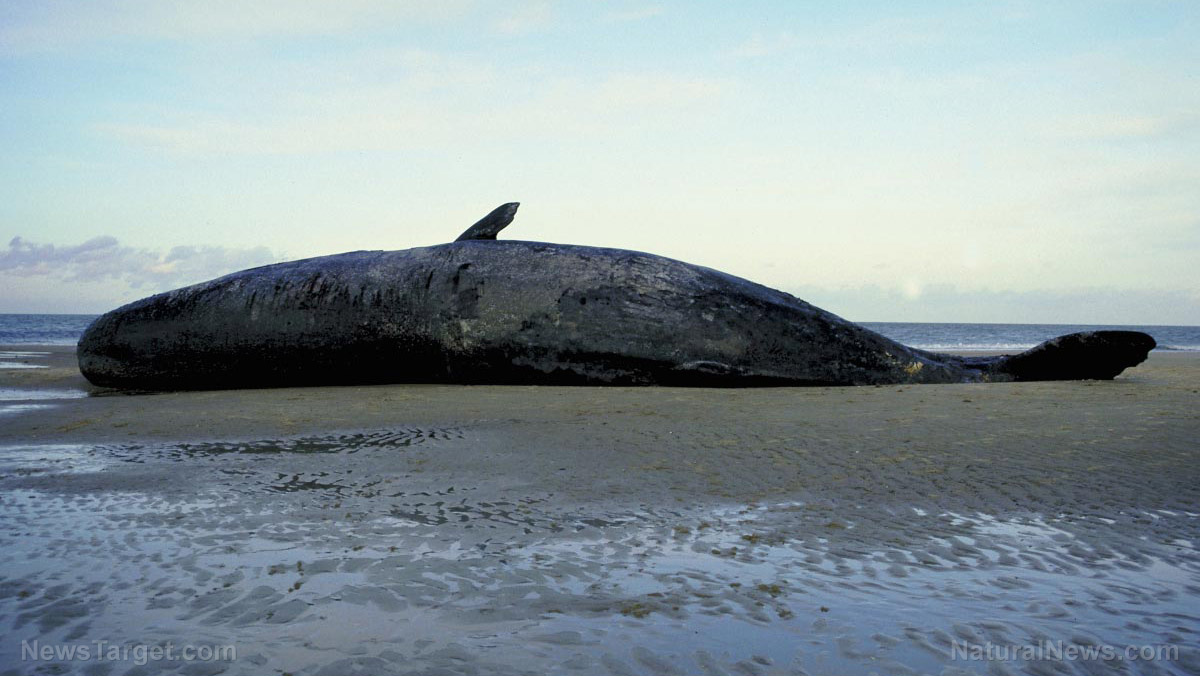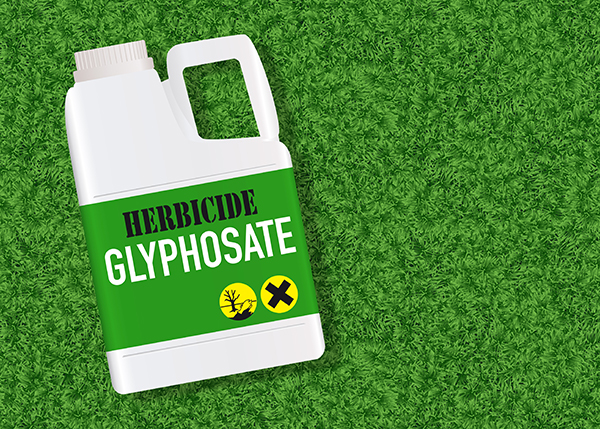
The unfolding “eco-disaster” started three weeks ago when surfers complained of nausea, headaches, rashes, fever and sore throats after getting in the water. Surfers also said the ocean tasted and smelled strange.
Since the surfers reported their experience to local authorities, sea creatures began to die in large numbers, their bodies littering the famous beach. These included seals, sea urchins, crabs, fishes, starfishes and even deep-sea Giant Pacific octopuses.
In total, the bizarre eco-disaster wiped out 95 percent of sea creatures in the area, according to a recent report from The Moscow Times.
Ruling out possible causes
To determine the possible cause of the mass stranding, government officials examined the seawater. Their results showed elevated levels of oil compounds and phenols used in the manufacture of disinfectants and antiseptic agents.
However, Dmitry Lisitsyn, an environmentalist from a local non-profit group, said an oil spill is unlikely. For one, there are no visible signs of oil on the surface of the water. He explained that petroleum products, being lighter than water, should form an unmistakable film on the surface.
Additionally, oil films often kill fishes and seabirds, not bottom-dwelling sea creatures like urchins and crabs. Even if the oil had somehow managed to reach these creatures, oil products are not poisonous enough to kill such a huge amount of animals or cause such a massive stranding as seen on the beach.
Independent marine pollution advisor Nicky Cariglia seems to think so as well. Oil spill events are often quite obvious, she said. While spills of light oil can kill bottom-dwelling sea creatures, the oil will still float to the surface. But investigations so far show no indication of that.
On the other hand, Cariglia pointed out that higher phenol concentration levels in seawater do not indicate a clear cause either. Phenols cannot be relied upon to determine if an eco-disaster is due to man-made activities or natural phenomena.
For instance, phenol concentration levels tend to spike from land-based sediment and contaminant runoff, a common occurrence when there are fires.
Meanwhile, natural phenomena called algal blooms, which occur due to sewage runoff, can also increase phenol concentration levels. These algal blooms produce toxins lethal for sea creatures. This characteristic has prompted other experts to consider algal blooms as a possible culprit.
Yulia Polyak, a senior scientist at the Scientific Research Center for Ecological Safety at the Russian Academy of Sciences in St. Petersburg, said that harmful algal blooms appear to be a more reliable cause than chemical pollution. (Related: It’s a simple chain of cause-and-effect: Toxic green algae in Florida is the result of man-made pollution.)
Experts working on the strange case have also ruled out a volcano-related earthquake, which could have spewed out chemicals into the water.
Rocket fuel leak angle
Earlier this week, Russia's Investigative Committee opened a criminal case linking the petroleum pollution to a purported rocket fuel leak from a military base not 10 kilometers from the beach.
“[Maybe] the storage tanks broke and a large amount of rocket fuel was washed into the ocean,” suggested Lisitsyn, who is convinced that the said leak poisoned the waters of the beach.
However, the levels of petroleum products in the water are not enough to cause such catastrophic results, said Polyak, echoing Lisitsyn's earlier explanation. Instead of looking at oil compounds, investigators should test the water and the dead sea creatures for microalgae toxins, she added.
Vladimir Solodov, the acting governor of the Kamchatka region, has also rejected the rocket fuel leak angle. On Monday, Solodov said that scientists did not find chemicals in the water consistent with a rocket fuel leak. That being said, Solodov remains convinced that the most likely explanation for the eco-disaster is a toxic spill.
Russian authorities are still conducting investigations into the nature of the incident.
Read more articles about ocean health and marine life at OceanHealthNews.com.
Sources include:
Please contact us for more information.























